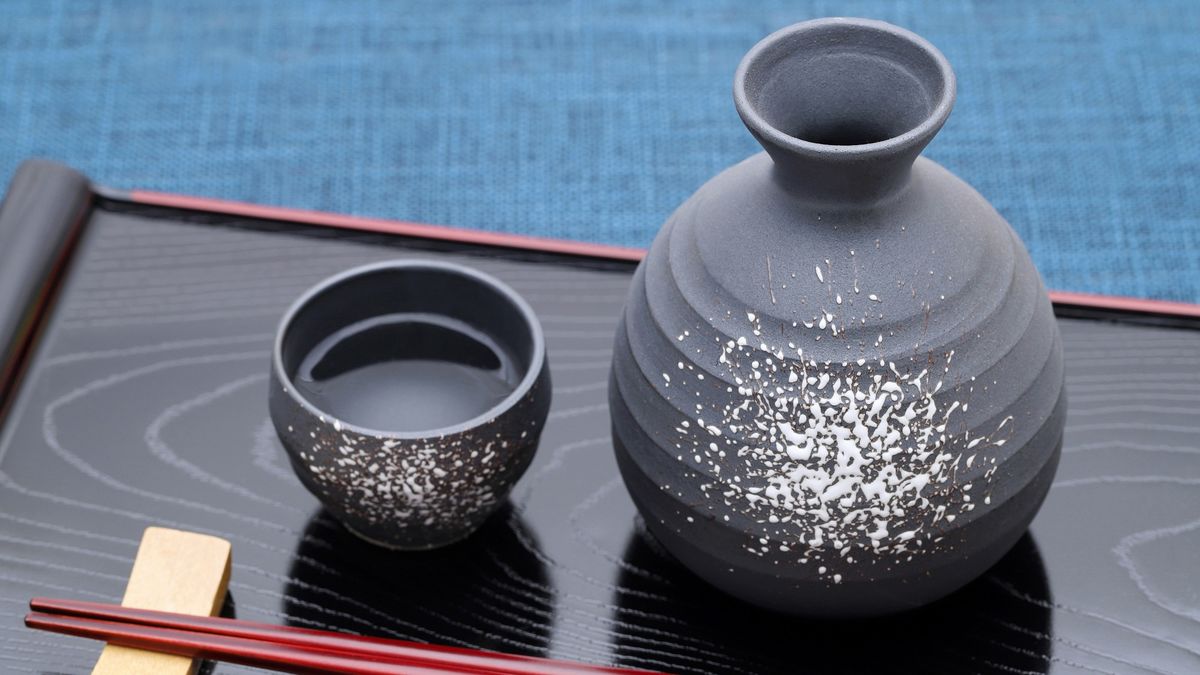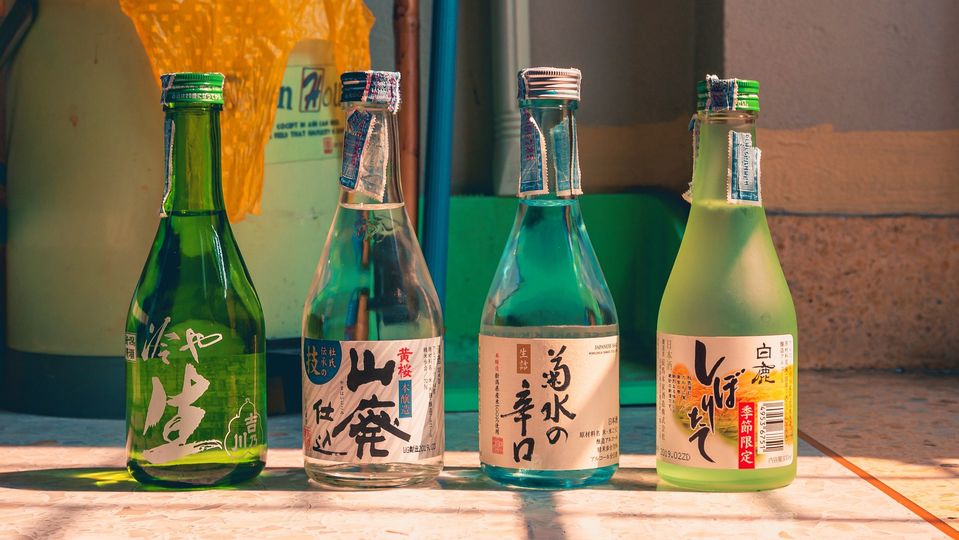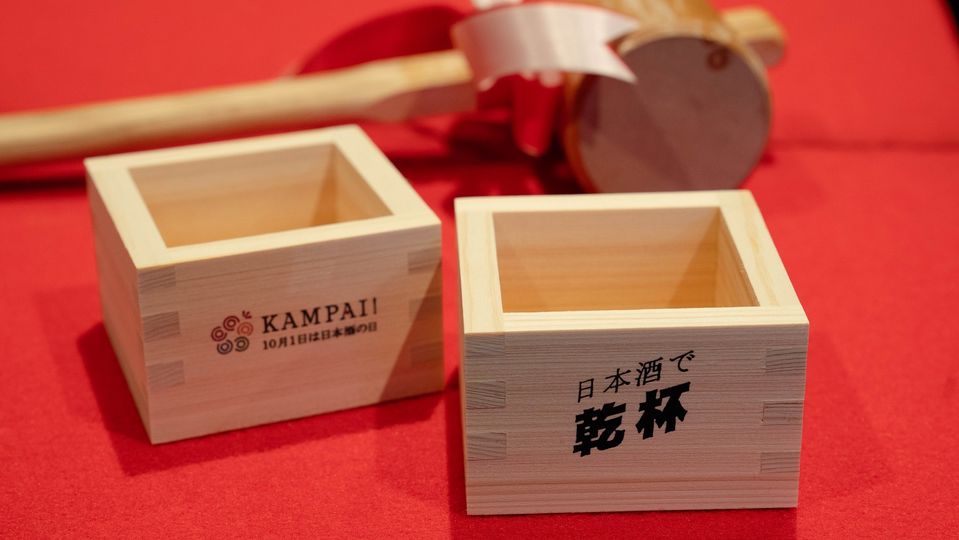The traveller’s guide to sake, Japan’s national drink
How to drink sake, basic etiquette and why some cost up to $500 a bottle.

Sake is the quintessential Japanese beverage. Almost every visitor to Japan will be offered it at some point, whether you’re embracing polished service in a restaurant or bumping shoulders with new-found friends in a hole-in-the-wall bar.
It’s also a key part of socialising with colleagues and hosts or getting to know locals, and while fumbling your way through etiquette is often overlooked for foreigners, it pays to know a little more about sake and how to drink it in company.
Quality comes at a cost
Firstly, it’s important to know the quality of sake is largely determined by how much the rice is milled or ‘polished’ prior to brewing. Polishing is a labour intensive process and, as you’d expect, the higher the quality means the higher the price.
The more expensive varieties also tend to be leaner, fruitier and more elegant than those in lower (cheaper) grades. These are generally served chilled – rather than at room temperature or warmed – so their flavours and aroma can be enjoyed to the fullest.
Lower grade sakes – known as ‘futsuu-shu’ – tend to have copious amounts of distilled alcohol added late in the process to bulk them out. These make up around 80 per cent of all sakes, and while ultra-cheap ones tend to be a bit harsh, those in the mid-tier price range are quite drinkable.
At the opposite end of the spectrum are your super-premium ‘junmai daiginjo’ and ‘daiginjo’ sakes, which are polished so 50% or less of the grain remains. These make up around 3% of the market, with bottles retaining for $100 up to $500.
Some ‘daiginjo’ have small amounts of alcohol added to bring out different flavours.
One step down are your ‘ginjo’ sakes, which have 60% or less grain remaining. These are mostly light, fruity and best served chilled, though there are richer and earthier varieties which benefit from warming. This is largely down to personal preference, however.
Regardless of the price though, the same etiquette remains.
Sip, never shot
Sake is traditionally poured from a small flask (known as a ‘tokkuri’) into either a flat saucer-like cup (sakazuki), a small cylindrical cup (ochoko) or a wooden box cup (masu).
But while these vessels add much to the ritual of sake drinking, they do nothing to showcase its aromas and flavours – which is why you may encounter dedicated sake glassware.
To drink sake, hold the cup close to your mouth and, as you would with wine, gently take in its aroma. Take a small sip and let it sit in your mouth before swallowing so you can appreciate its unique taste. Never drink it like a shot.
If your host or companion offers to fill or refill your cup – and they will, over and over again – lift your cup off the table, holding it with one hand and supporting it with the other, and extend it slightly towards your host. Cheers gently while saying ‘kanpai’ – or cheers!
If the tokkuri is near you, consider pouring for everybody at your table – hold the tokkuri is with two hands when pouring.
Do not pour your own cup or glass, at least not at first. Pour for everybody else and then put the beaker down and let somebody else pour for you. In less formal situations you can pour for yourself but usually only if you are the last person.
Regional flavours are worth discovering
There are around 1,500 sake breweries currently active across Japan, with sake produced in every one of the country’s 47 prefectures. There is quality to be found in most of them, but here are a few particular regions worth noting.
Niigata: as a major area for rice production, Niigata naturally produces high quality sake rice. It has a strong brewing tradition that continues today in more than 80 breweries, with output renowned for its pristine, dry and clean character.
Nada: a district of Kobe City in Hyogo Prefecture, Nada is home to most of Japan’s largest sake brewers and it is responsible for one third of sake production overall. The hard water in the area is well suited to brewing and results in a drier, more ‘masculine’ style.
Fushimi: part of the city of Kyoto, Fushimi is the second largest sake producing region. Its water is also well suited to brewing but medium hard in composition, resulting in sake that is softer and more elegant in style – a nice counterpoint to the Nada sake style.
Fukushima: the region’s agricultural products have been subject to incredibly stringent controls since the 2011 nuclear disaster. Fukushima sake is not only safe to drink, the region’s expert brewers regularly win big at the Annual Japan Sake Awards.
Shimane: located near the south-western tip of Japan’s main island of Honshu, Shimane claims to be the birthplace of sake, with ancient texts linking it to the region as early as 712 AD. Thirty one breweries continue the tradition today, with a strong reputation for quality sake.
Wine is also produced in many parts of the country where conditions allow, though it’s not as ubiquitous nor deeply engrained in the cultural experience as sake.


09 May 2020
Total posts 571
As a traveller, unless you are familiar with brand and type, it’s easier to pretend be an uncultured gaijin (foreigner, usually Caucasian looking, as they have other selective names for Asian looking foreigners) and asked if the sake is best served warmed or chilled, when given bottles of sake as gifts.
If following conventional wisdom and stereotypes, popular sake accessible to the masses (ie cheap) are served warm, but to suggest you are going to warm the sake to drink from the bottle gift is disrespectful and insulting to the giver (cheap gifts)… unless they also have no idea!
CX
16 May 2015
Total posts 23
What is the alcohol content of sake?- something we should probably know before partaking.
Qantas - Qantas Frequent Flyer
22 Aug 2013
Total posts 9
Sake is typically sold at 15-18% alcohol. Thinks the strength of a sherry or a port or even a strong red wine.
You can buy daiginjo and junmai daiginjo for as little as JPY3,000
Qantas - Qantas Frequent Flyer
21 Jul 2014
Total posts 32
They range also from dry to sweet. Many colleagues are not so good on which sake to get because they are younger, or beer drinkers or do not want to make a mistake, and even experienced sake drinkers do not know how dry/sweet you would prefer and so on. I have found that by asking your hosts/colleagues to choose for you "not too sweet, not too dry, I trust your choice" they keep face and you get something you will enjoy. And almost without exception when offered the choice, do not go warm. When you tell a waiter you prefer colder, you will get a nice, warm smile of acknowledgement.
Hi Guest, join in the discussion on The traveller’s guide to sake, Japan’s national drink